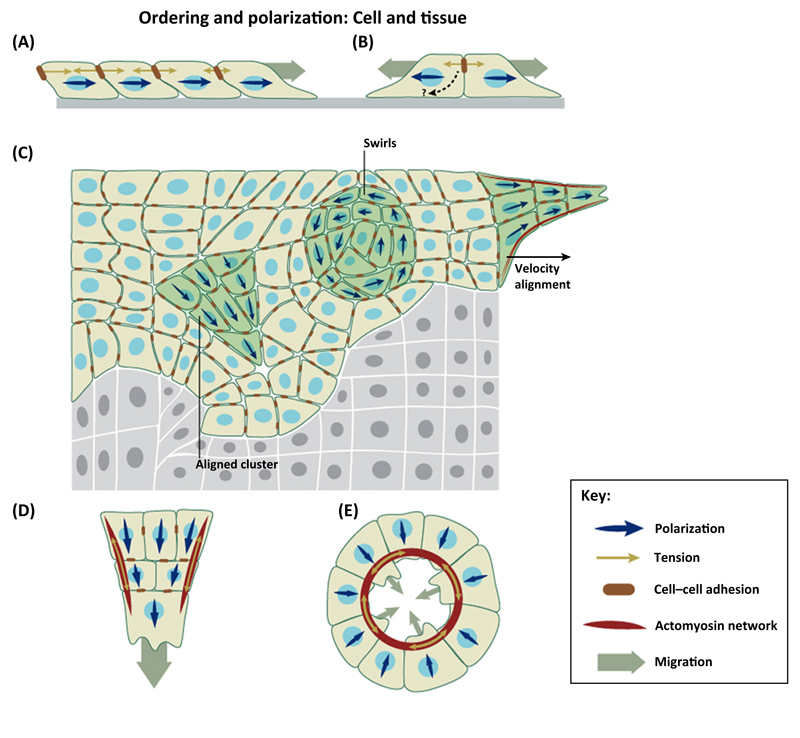Figure 3. Mechanisms of Collective Cell Polarization by Mechanical Cues.
(A) Cells polarize downstream of a gradient of intercellular tension at the leading edge of expanding cell monolayers. (B) Cell doublets repolarize away from their intercellular contact. Under certain conditions, such repolarization leads to cell repulsion through contact inhibition of locomotion (CIL) interactions. (C) Spontaneous polarization of cell clusters and swirls within cohesive monolayers. These polarized structures emerge as a function of cell density, tension fluctuations, and confinement. (D) Contractile cables lining the leading front of cell monolayers coordinate cell polarization and Rho-GTPase activation at a supracellular length scale. (E) Contractile cables coordinate cell polarization at the leading front of a wound.

